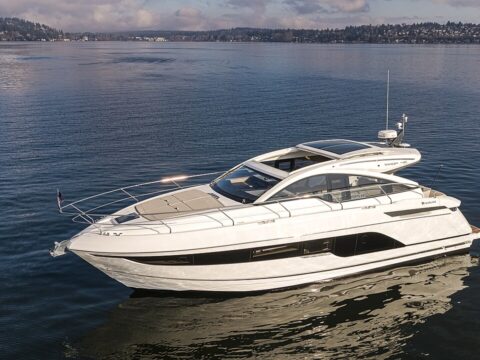The 1920s transformed cars from horse-drawn to motorized, blending style with function and luxury with affordability. This article explores the 25 iconic cars that defined the era and paved the way for the future of driving.
Contents
1926 Ford Model T
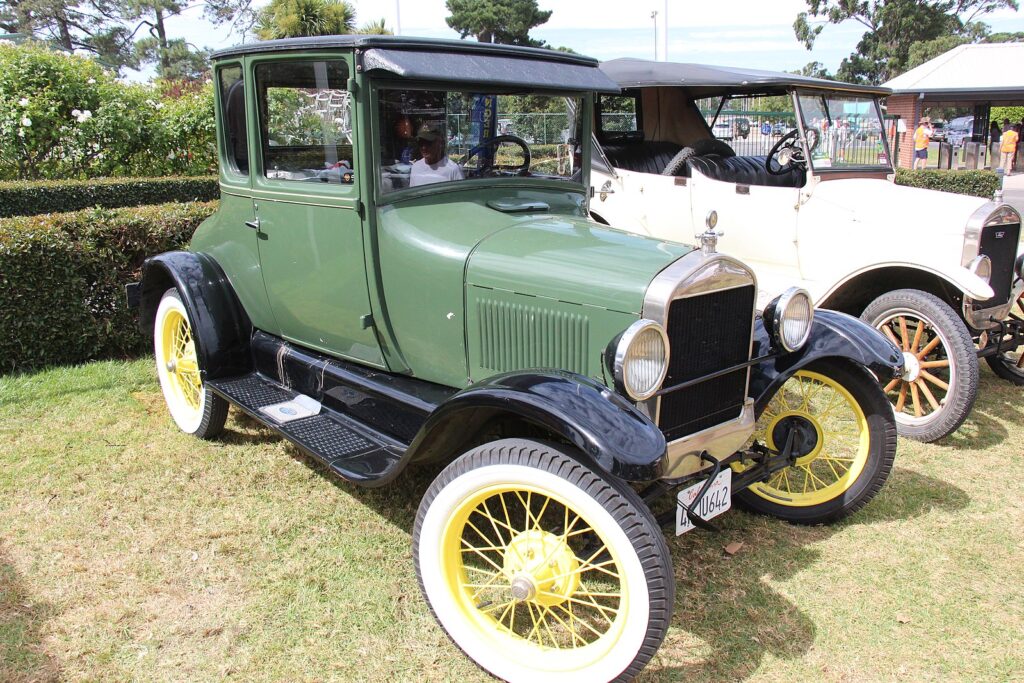
Often regarded as the car that “put America on wheels,” the Ford Model T was revolutionary in its simplicity, affordability, and durability. Produced until 1927, it dominated the auto market, thanks to its efficient assembly line production, making car ownership accessible to the masses. Its robust design and versatile nature made it suitable for various needs, solidifying its place in automotive history.
1929 Graham-Paige Model 827
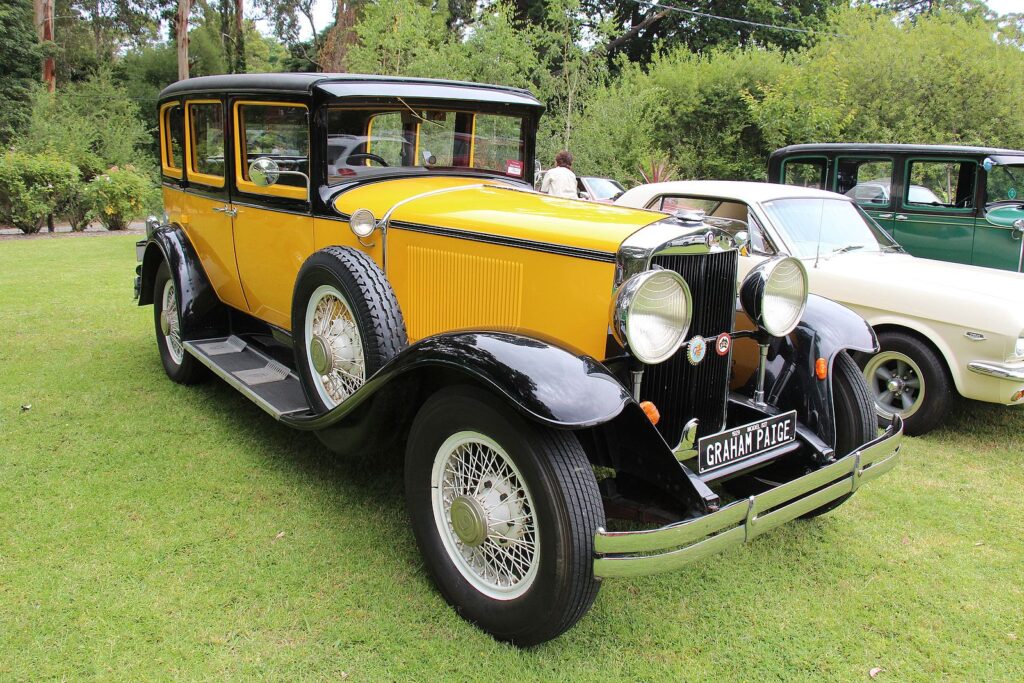
Known for its innovative engineering and stylish design, the Graham-Paige Model 827 boasted features like a supercharged engine, which was a rarity at the time. Its luxurious appointments and strong performance made it a favorite among the wealthy and a symbol of prestige in the late 1920s.
1924 Lancia Lambda
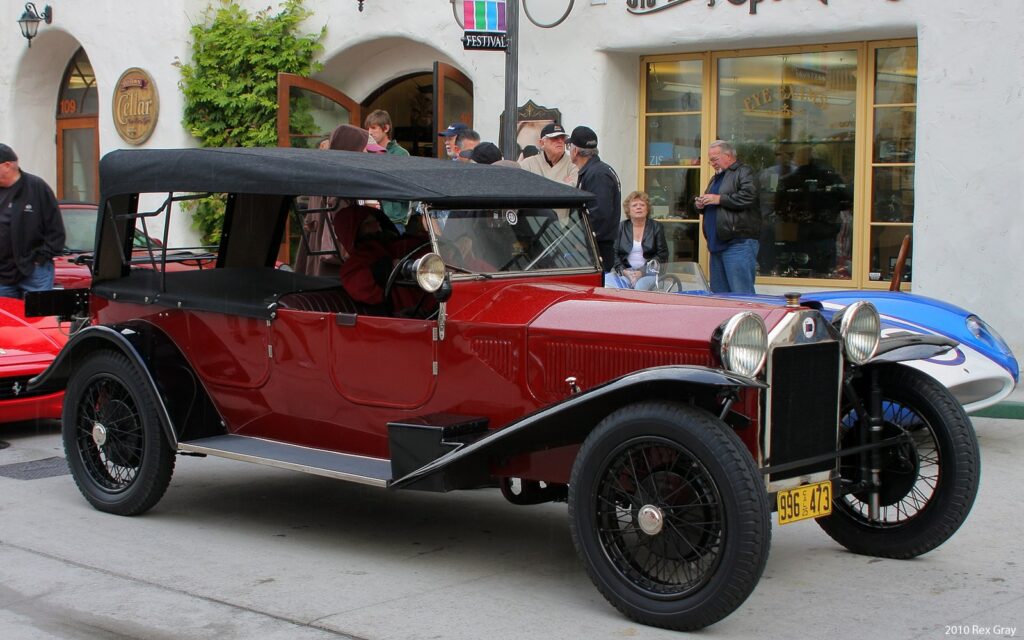
The Lancia Lambda was groundbreaking for its time, introducing technical innovations such as the first use of a monocoque chassis and independent front suspension in a production car. Its engineering excellence and performance made it a standout model of the 1920s, influencing future car designs.
1925 Hispano-Suiza H6B

The Hispano-Suiza H6B combined luxury with performance, featuring an advanced overhead camshaft engine and power-assisted brakes. Its opulent design and high-quality craftsmanship made it the car of choice for aristocrats and celebrities, symbolizing the pinnacle of 1920s luxury.
1923 Fiat 519
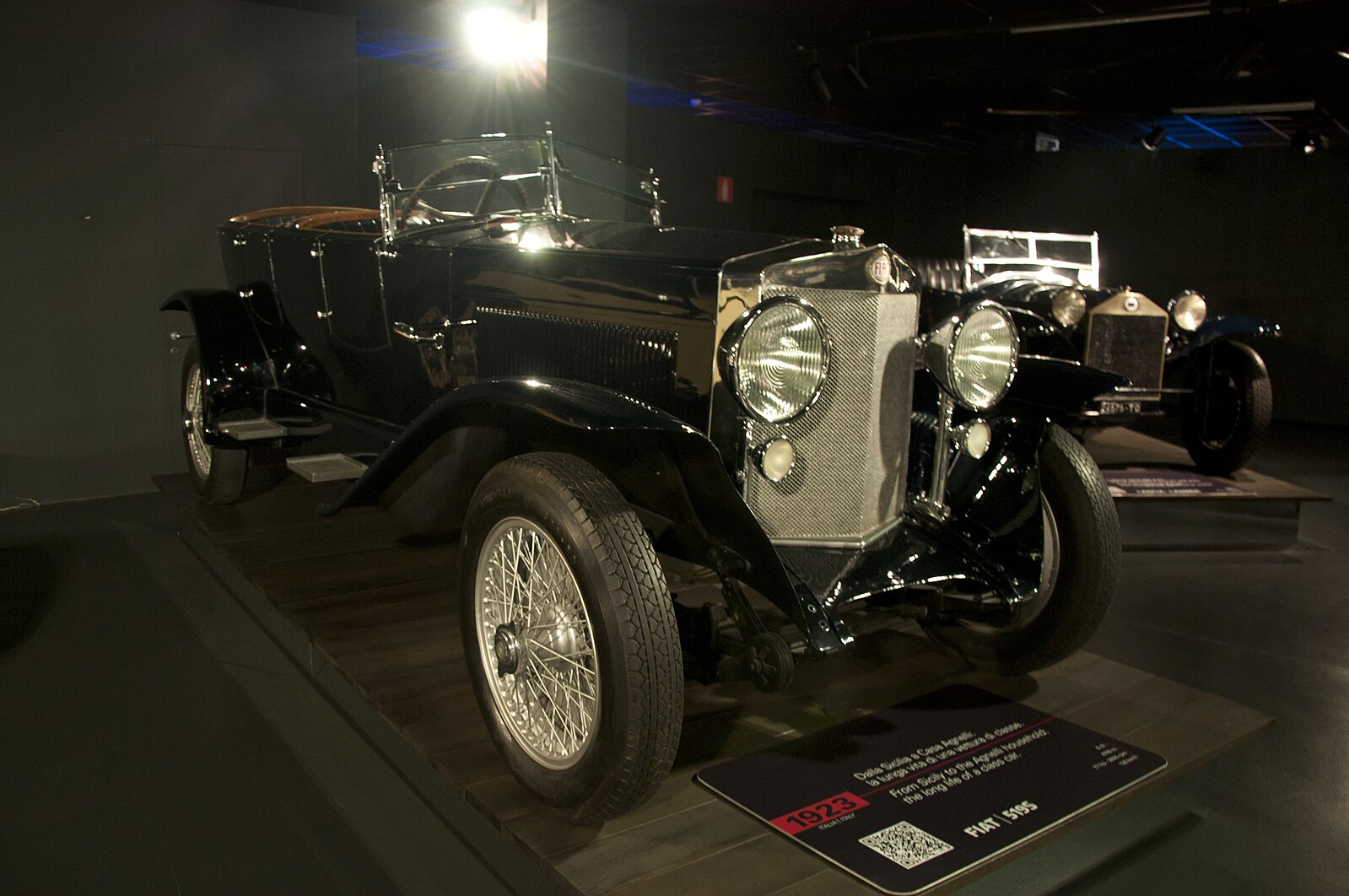
The Fiat 519 was notable for its refinement and luxury, offering a spacious and comfortable interior, along with a powerful engine. It was one of the first cars to cater to the upper class’s desire for both performance and comfort, making it an influential model in the luxury car segment.
1928 Nash Advanced Six

The Nash Advanced Six was celebrated for its smooth ride and innovative features, like adjustable front seats and an all-weather body design. Its blend of comfort, durability, and style made it a popular choice for middle-class families and contributed to Nash’s reputation as a maker of quality automobiles.
1922 Citroën 5CV
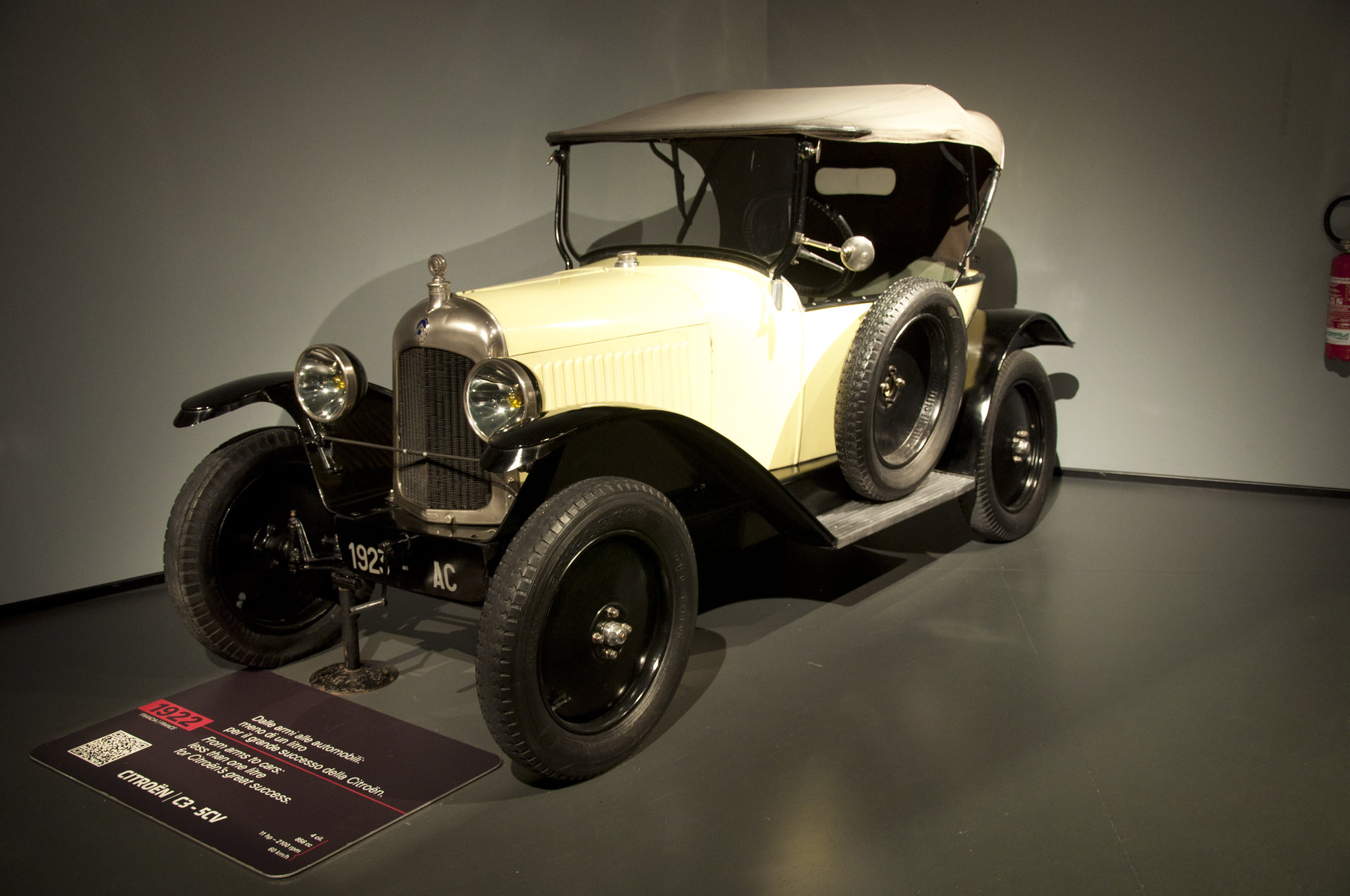
Known as the “Petit Citron” (Little Lemon) due to its bright yellow color, the Citroën 5CV was designed to be an affordable and economical vehicle for the masses. Its simplicity, reliability, and quirky design made it a popular choice in Europe, helping to establish Citroën’s reputation in the automotive industry.
1927 Renault Monasix

The Renault Monasix was Renault’s attempt to enter the luxury car market, featuring a six-cylinder engine and a comfortable interior. It was known for its smooth ride and was considered a status symbol, representing Renault’s commitment to innovation and quality.
1920 Stutz Series H
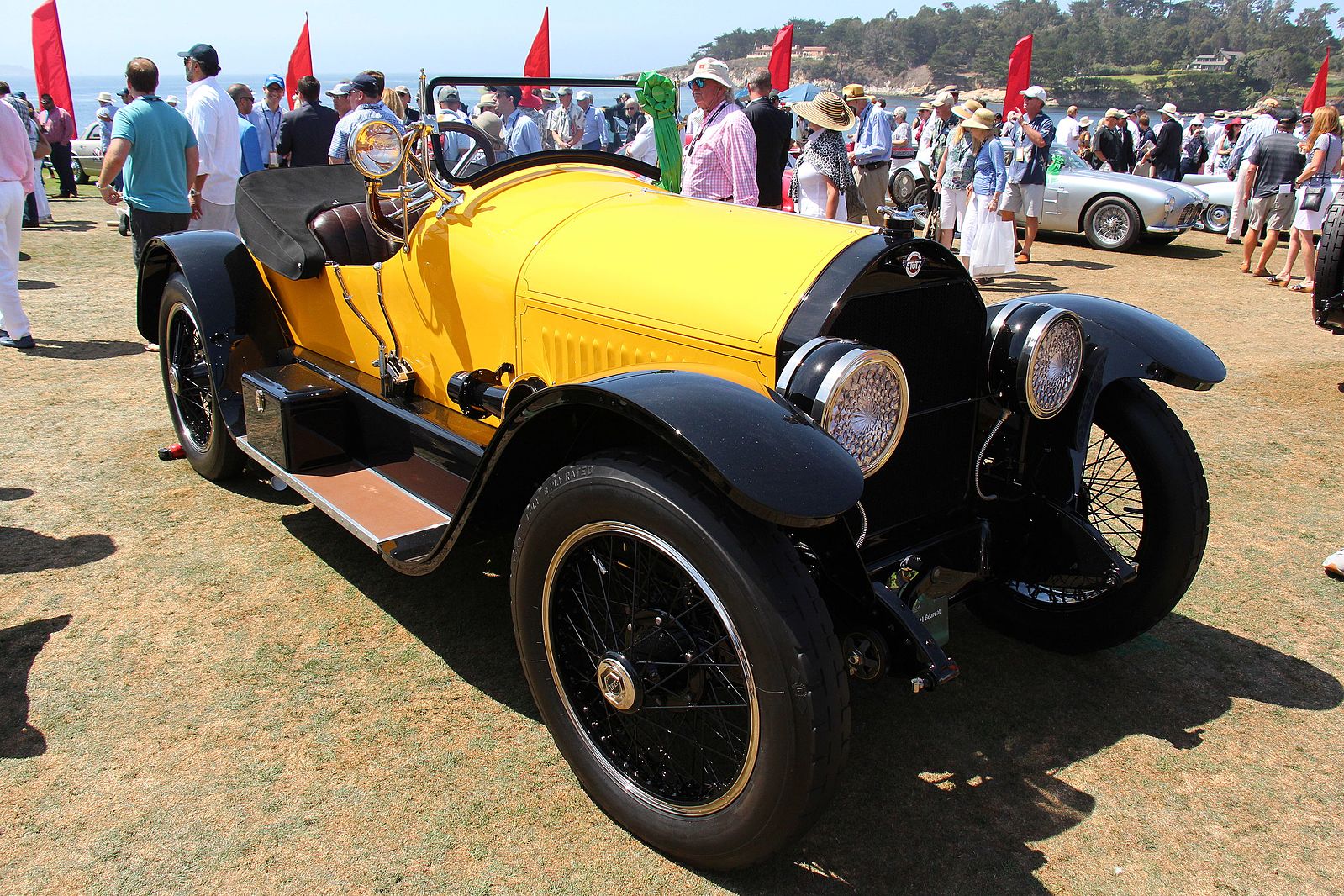
The Stutz Series H was known for its sporting performance and durable construction. With the famous Bearcat model leading the way, Stutz vehicles were prominent in racing and luxury car circles, embodying the spirit of adventure and the thrill of driving in the 1920s.
1923 Packard Single Six
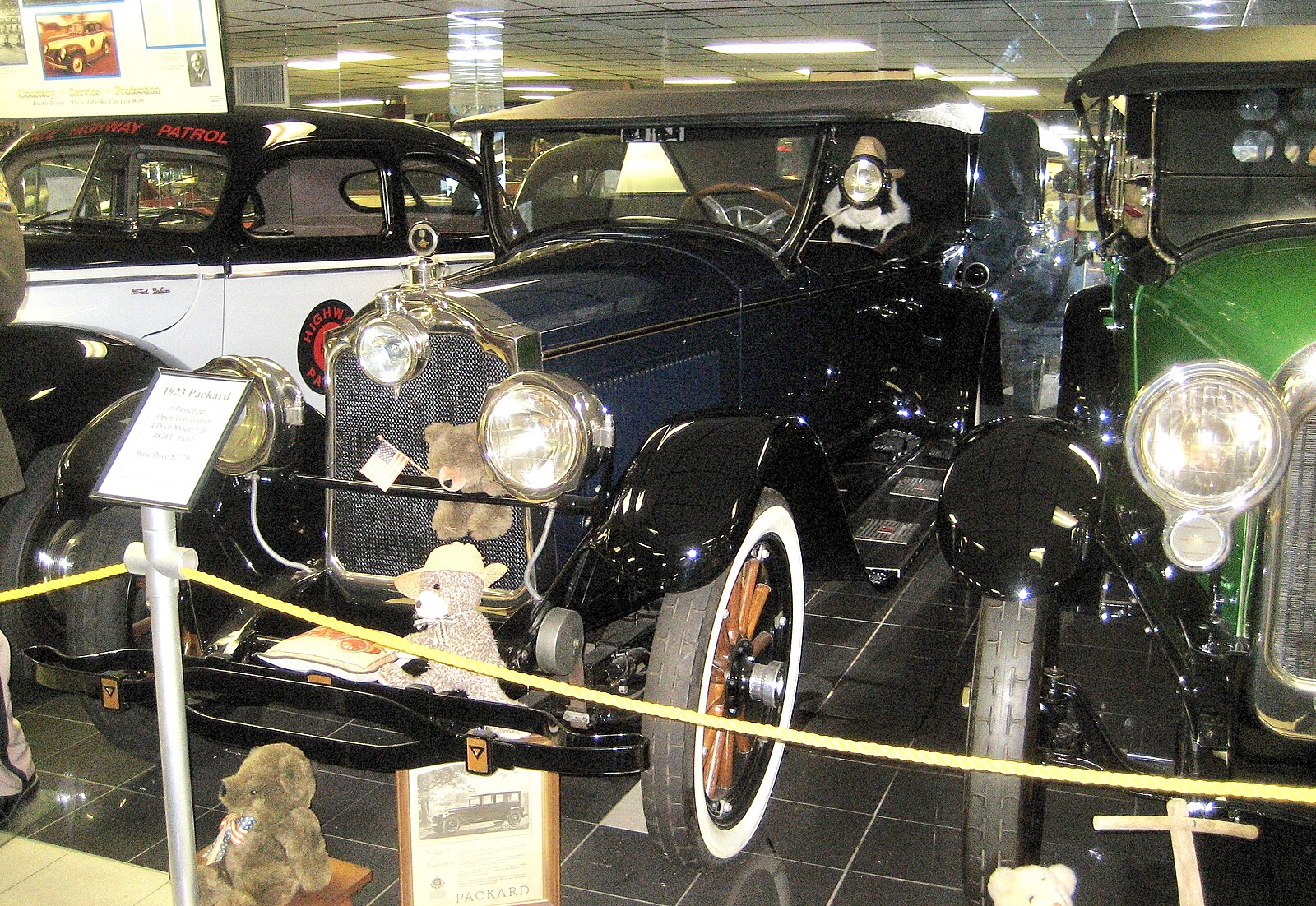
The Packard Single Six offered luxury car buyers a more compact and fuel-efficient option without sacrificing the quality and prestige associated with the Packard name. Its reliable performance, elegant design, and advanced engineering made it a desirable choice for discerning motorists of the era.
Austin 7 (1923-1939)
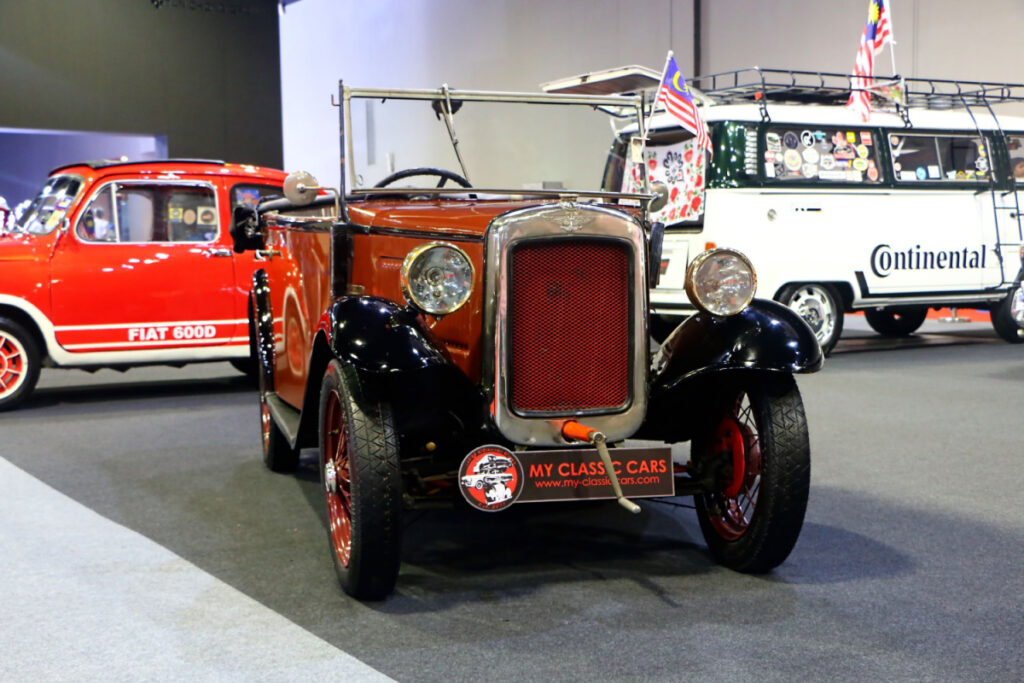
Known as the “British Model T,” the Austin 7 was a highly popular car due to its affordable price and compact design. It was instrumental in establishing the automobile market in Britain and many other parts of the world.
Lincoln L Series (1920-1930)
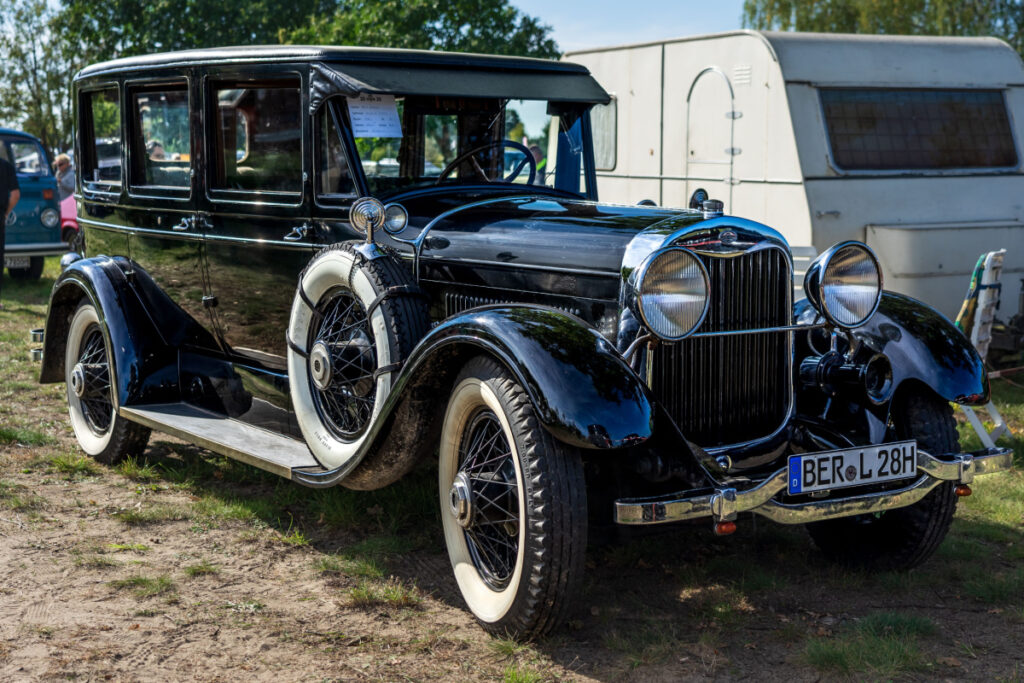
Ford purchased Lincoln in 1922, and the L Series became one of the most luxurious cars of its time. Its build quality, ride comfort, and attention to detail helped establish Lincoln as a premier luxury brand.
Chrysler Model B-70 (1924-1935)
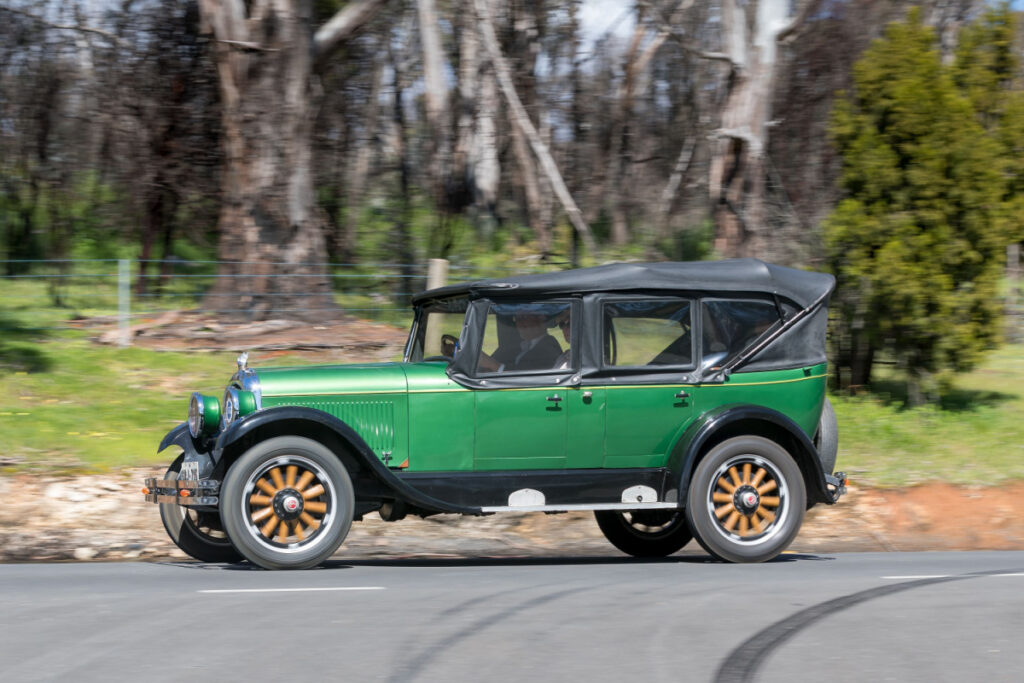
The first car produced by the Chrysler Corporation, the Model B-70 offered advanced engineering and excellent performance for its time. It was one of the first cars to feature four-wheel hydraulic brakes, offering better stopping power than most vehicles of the era.
Bentley 3 Litre (1921-1929)
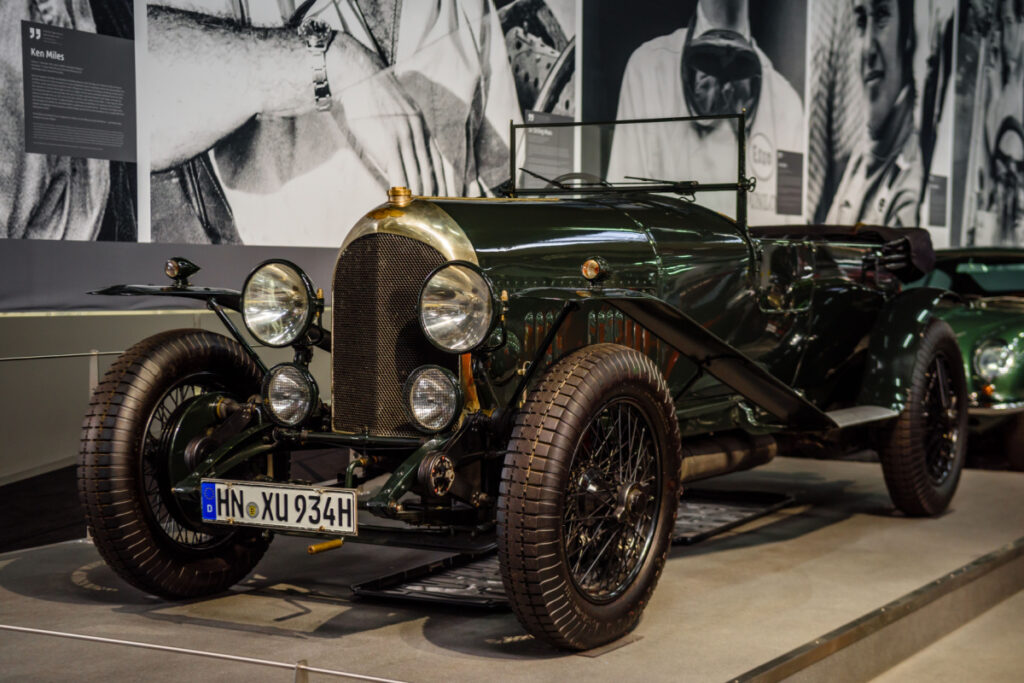
This model won the 24 Hours of Le Mans in 1924, solidifying Bentley’s reputation for building high-performance luxury vehicles. Its durability and performance made it an icon of British automotive engineering.
Bugatti Type 35 (1924-1930)
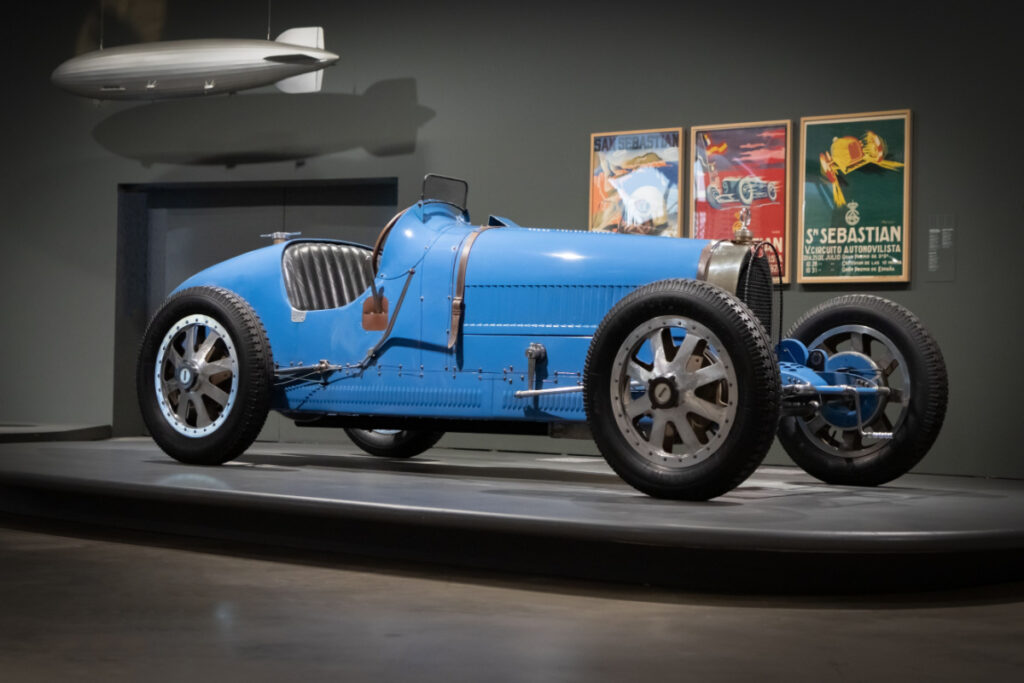
Often considered one of the most successful racing cars of all time, the Type 35 won over 1000 races in its time. Its distinctive design and formidable performance made it a true icon of the 1920s.
Rolls-Royce Phantom I (1925-1931)
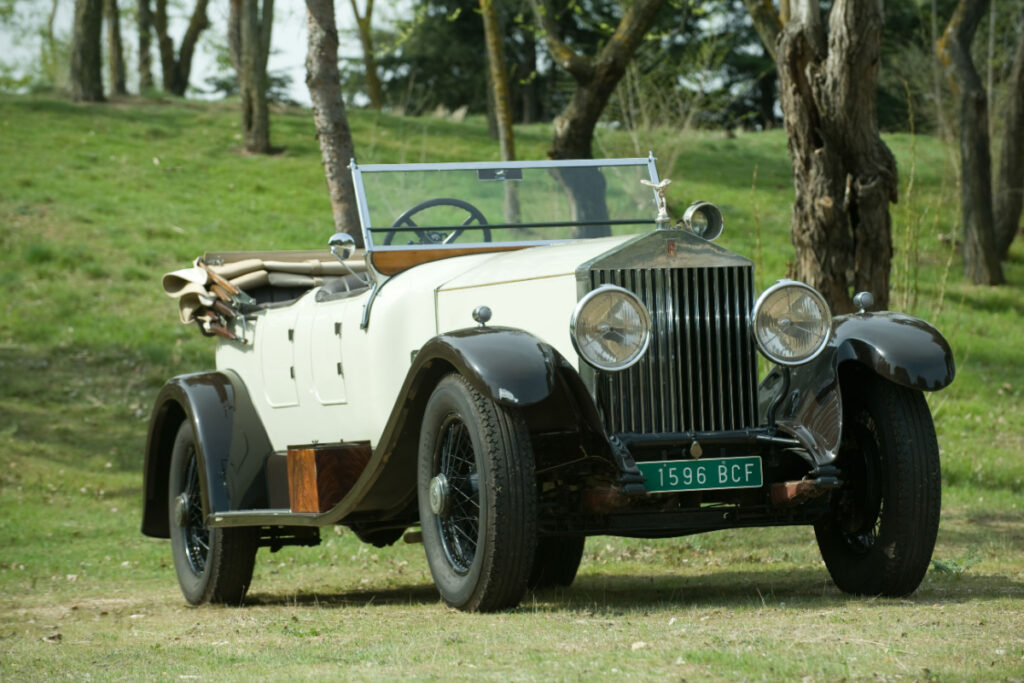
The Phantom I was one of the most luxurious cars of its era, offering unrivaled comfort and quality. Its iconic design and powerful 7.7-liter engine made it a symbol of prestige and wealth.
Pontiac 6 (1926-1932)
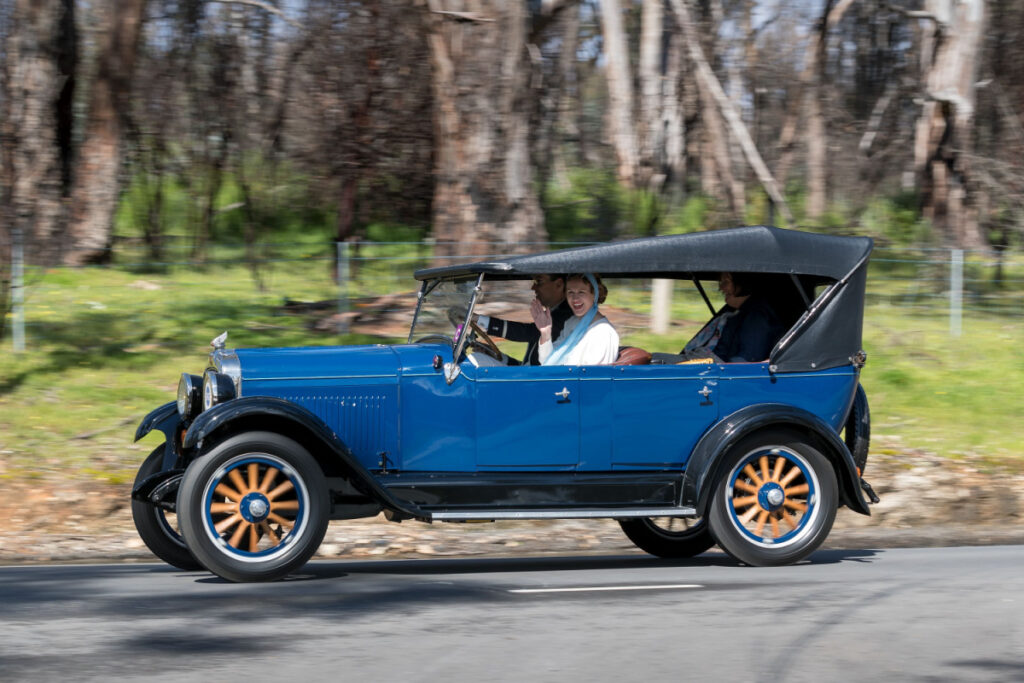
This was the first car produced by Pontiac, a new division of General Motors. Affordable and stylish, the Pontiac Six helped to solidify GM’s presence in the middle of the automotive market.
1927 Cadillac LaSalle

Designed by the legendary Harley Earl, the LaSalle was a stylish and moderately priced car that proved very popular. It was notable for its advanced styling, which helped to set the design trends of the late 1920s.
Ford Model A (1927-1931)

As the successor to the Model T, the Model A was a more sophisticated and stylish car. It came in a wide variety of body styles and colors, and its affordability helped ensure America’s motorization.
1927 Mercedes-Benz S
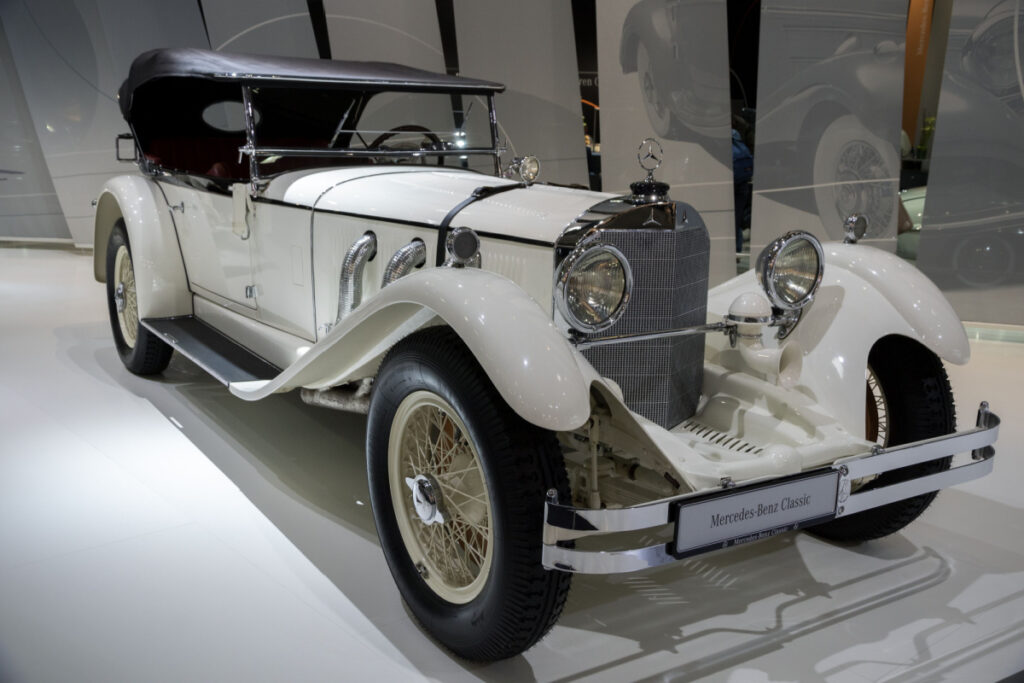
Ferdinand Porsche designed this model as a highly advanced sports car that offered excellent performance. It was one of the first supercharged cars and became an icon of German engineering.
Bugatti Royale (1927-1933)
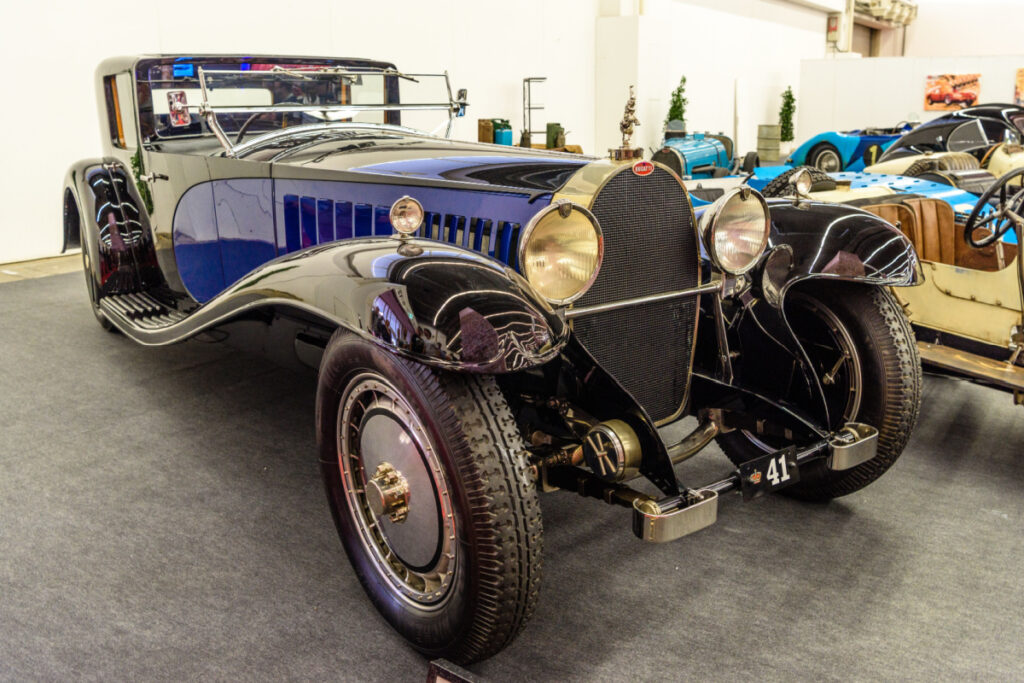
The Royale was designed for royalty and was one of the most luxurious and expensive cars ever made. Its sheer size, power, and opulence make it one of the most iconic cars ever.
Bentley 4.5 Litre (1927-1931)
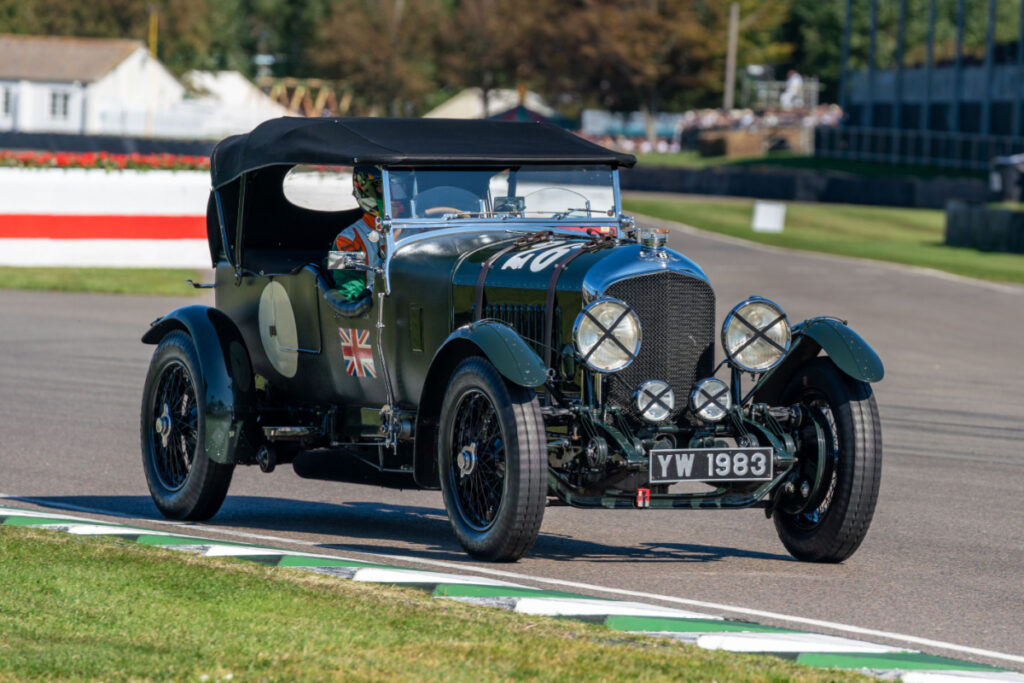
1928 Alfa Romeo 6C

This model marked Alfa Romeo’s move into producing sporty, high-performance cars. Its successful racing version, the 6C 1500, won many races and helped to establish Alfa Romeo’s sporting reputation.
1929 Cord L-29

As the first front-wheel-drive car offered to the American public, the L-29 was groundbreaking. Its advanced engineering and distinctive styling made it a landmark vehicle of the 1920s.
1929 Duesenberg Model J
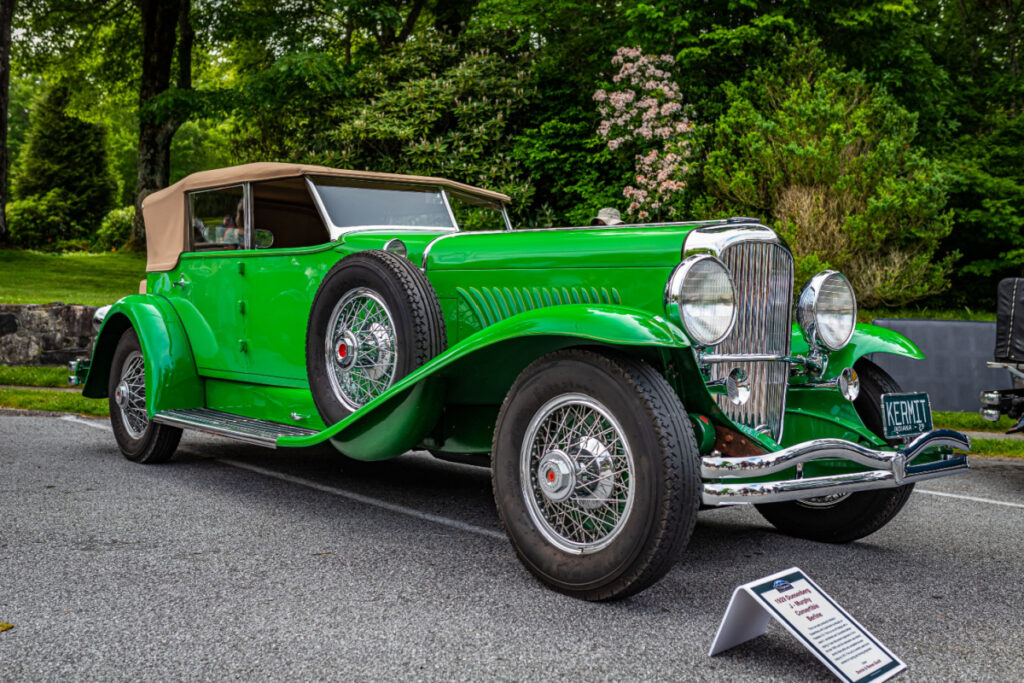
Known for its high-quality engineering and opulent luxury, the Model J was one of the most expensive cars of its time. Its iconic design and powerful performance made it a favorite among the rich and famous.
This article originally appeared on MyCarMakesNoise.
More from MyCarMakesNoise
The Superiority of Hybrids Compared to Electric Vehicles
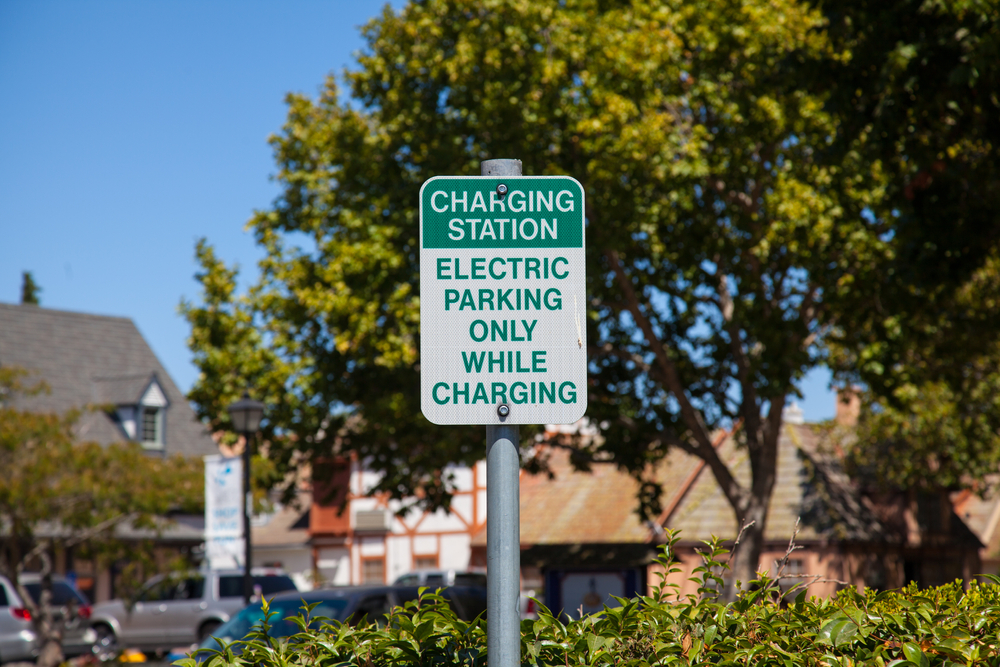
While the allure of fully electric vehicles (EVs) is undeniably captivating, there’s a compelling case to be made for the superiority of hybrids in today’s world. Read More.
10 Unusual Road Rules You`ll Encounter Internationally

While most traffic laws are founded on common sense and safety, some might leave you scratching your head in bemusement. Read More.
Top American Muscle Cars for Drag Racing

In this exploration, we’ll spotlight the American muscle cars that have become legends on the drag strip, looking under the hood of each one to uncover what makes them the beasts they truly are. Read More.




